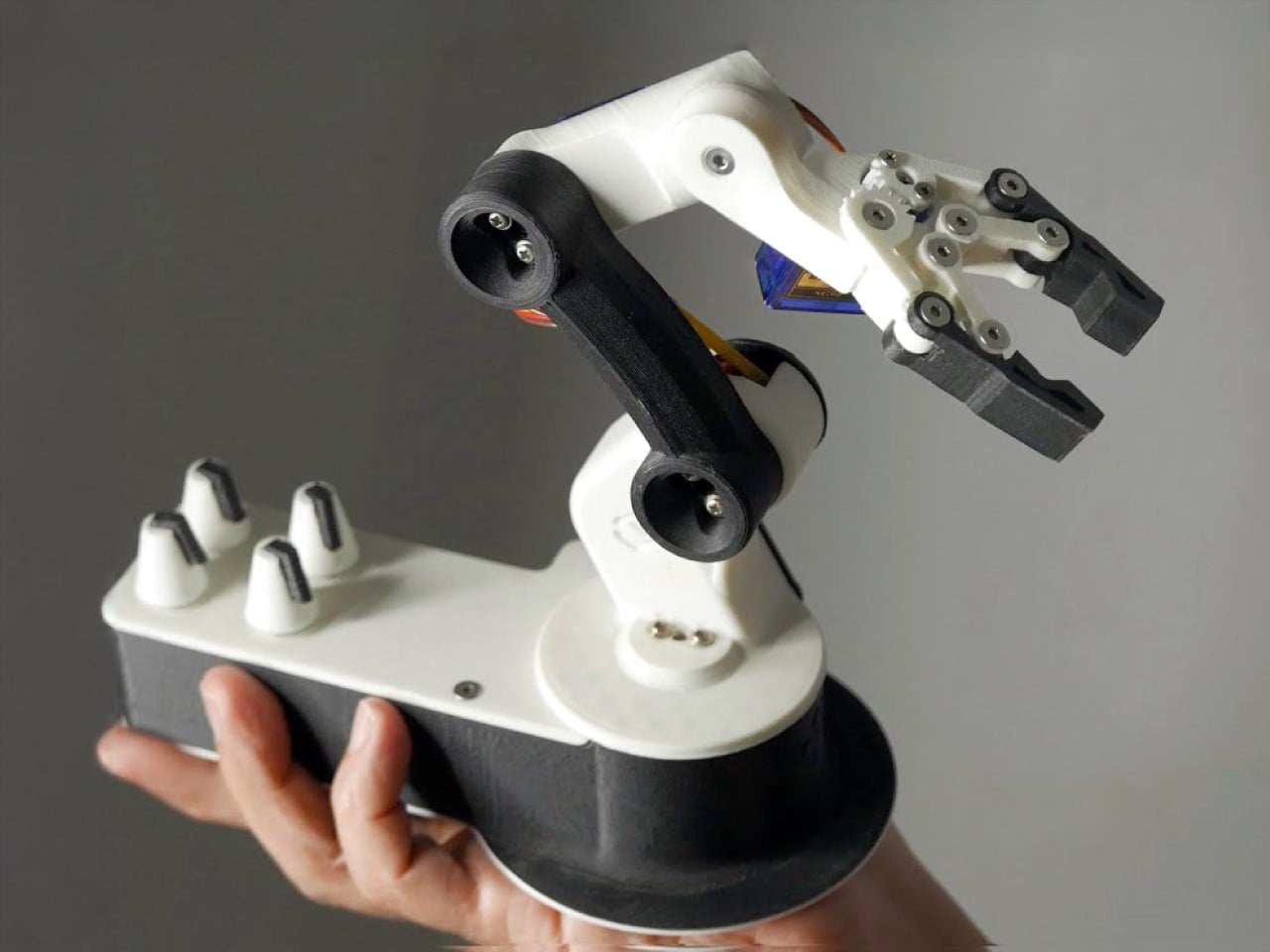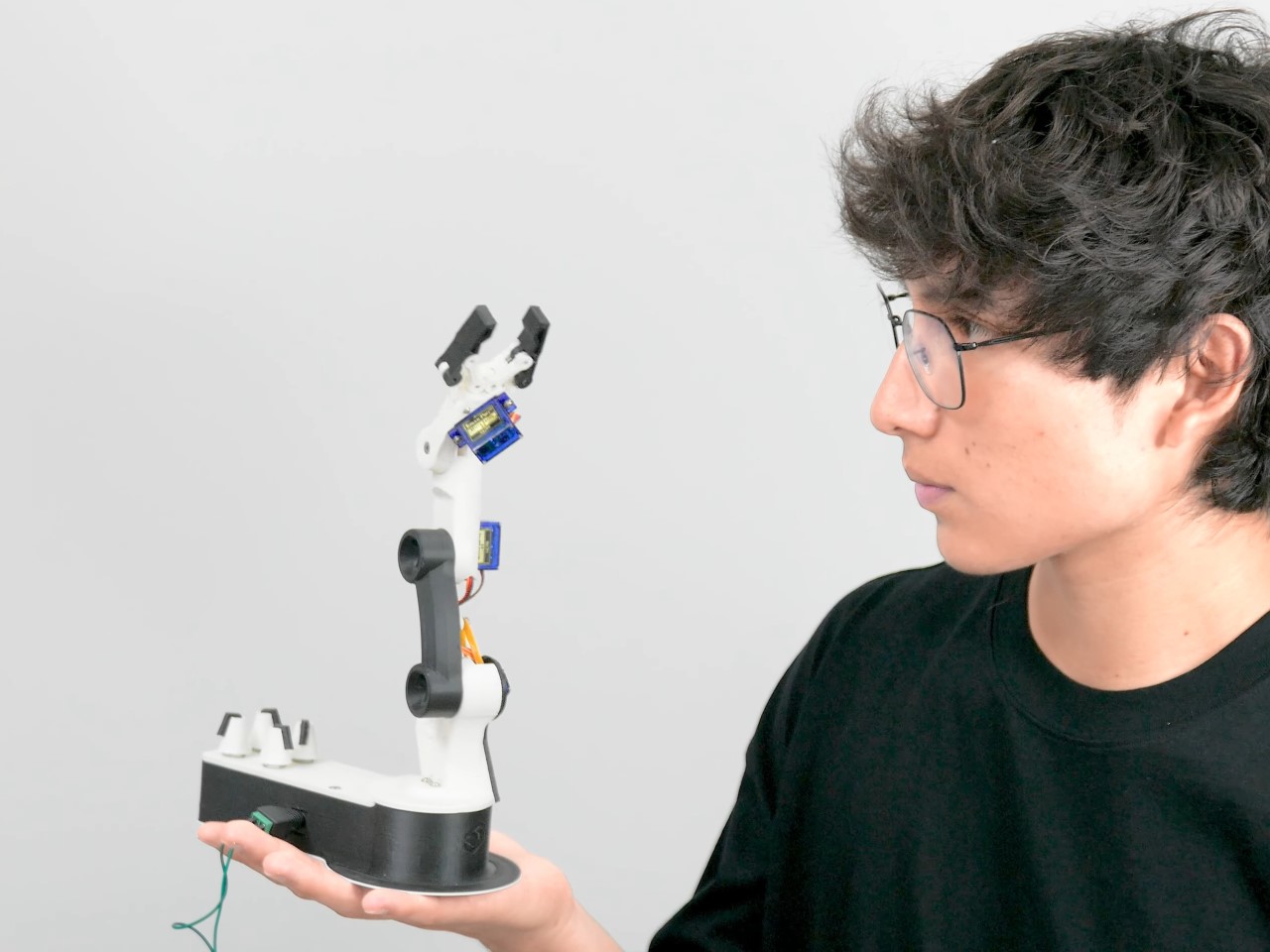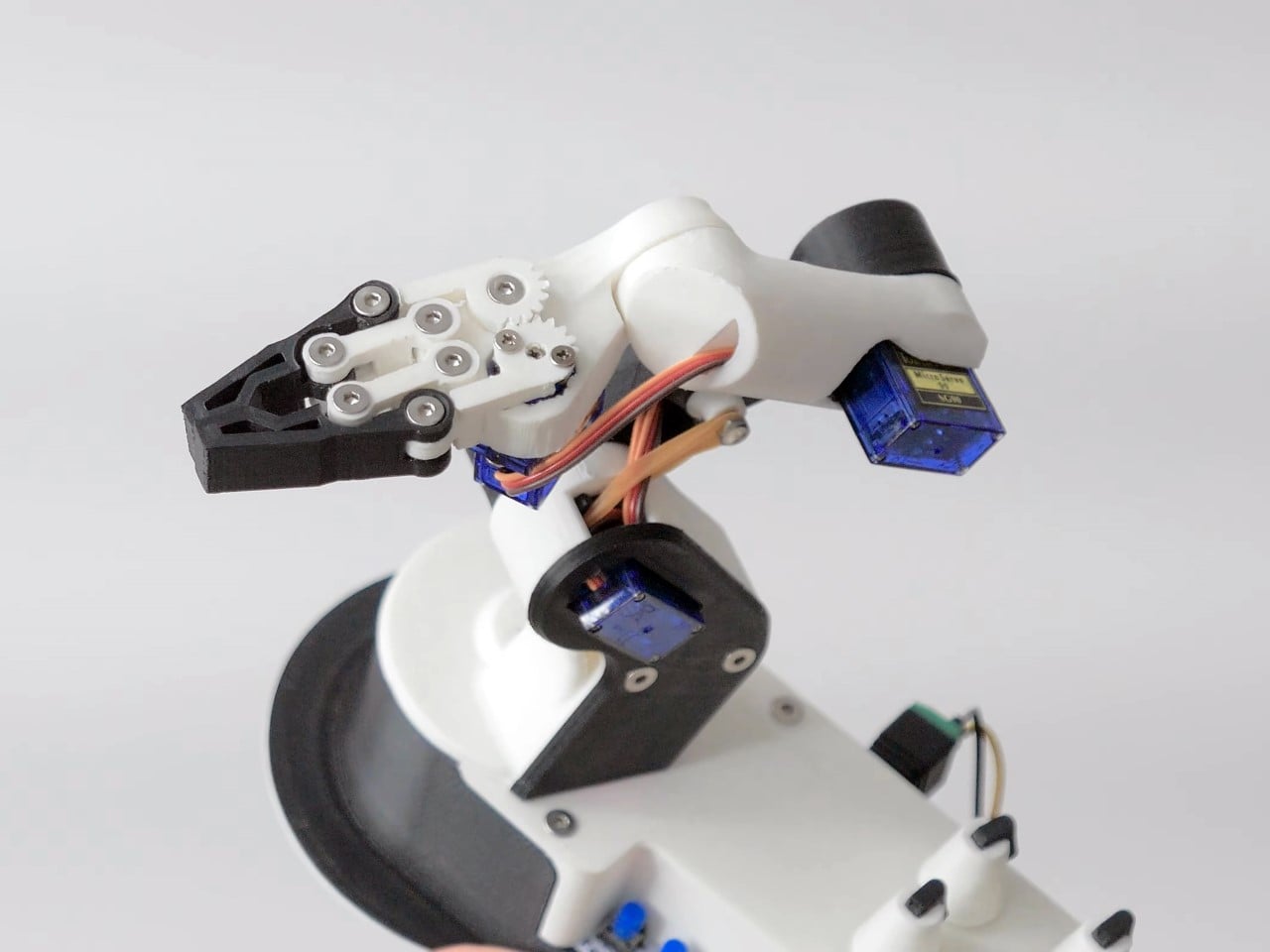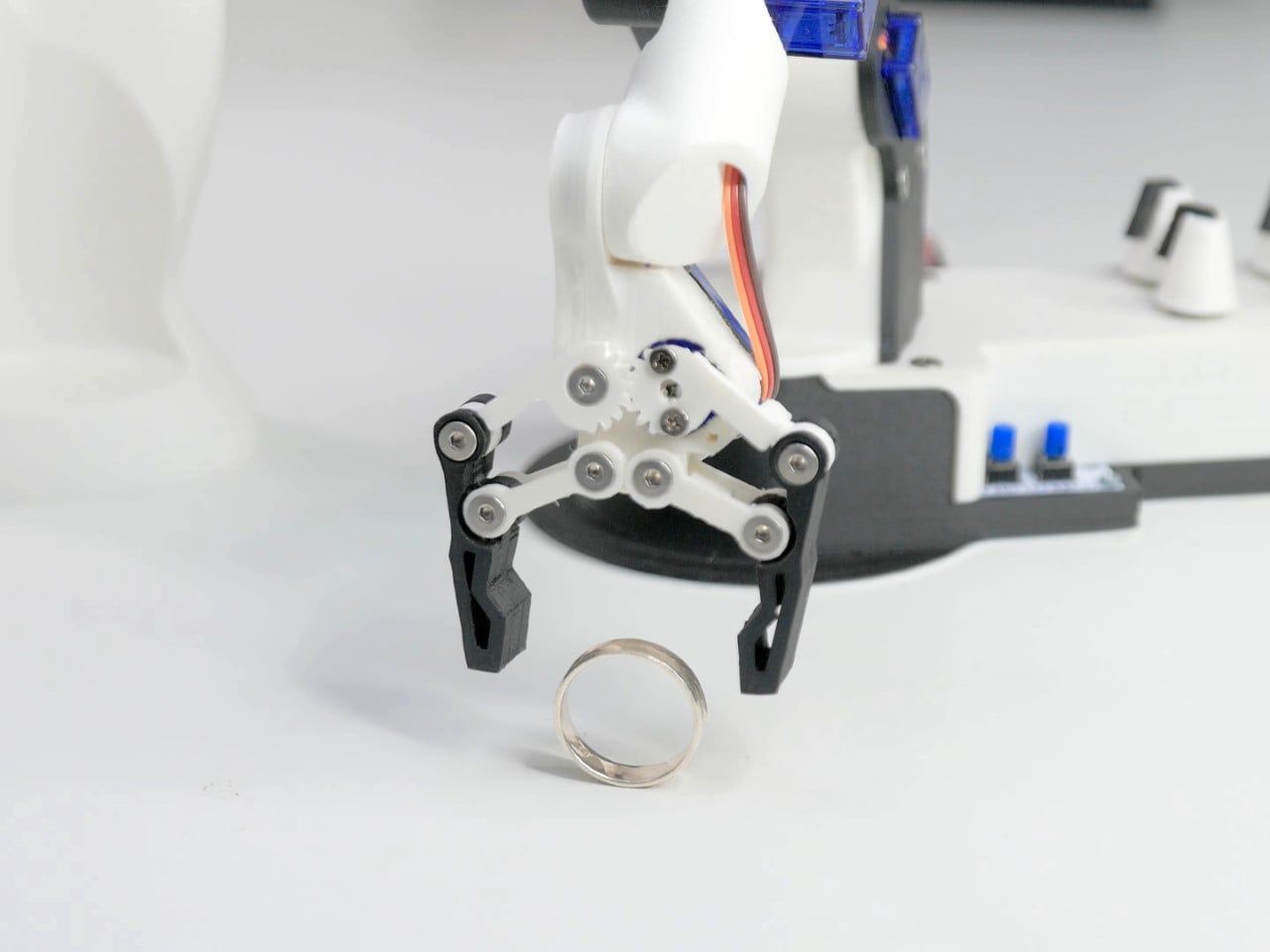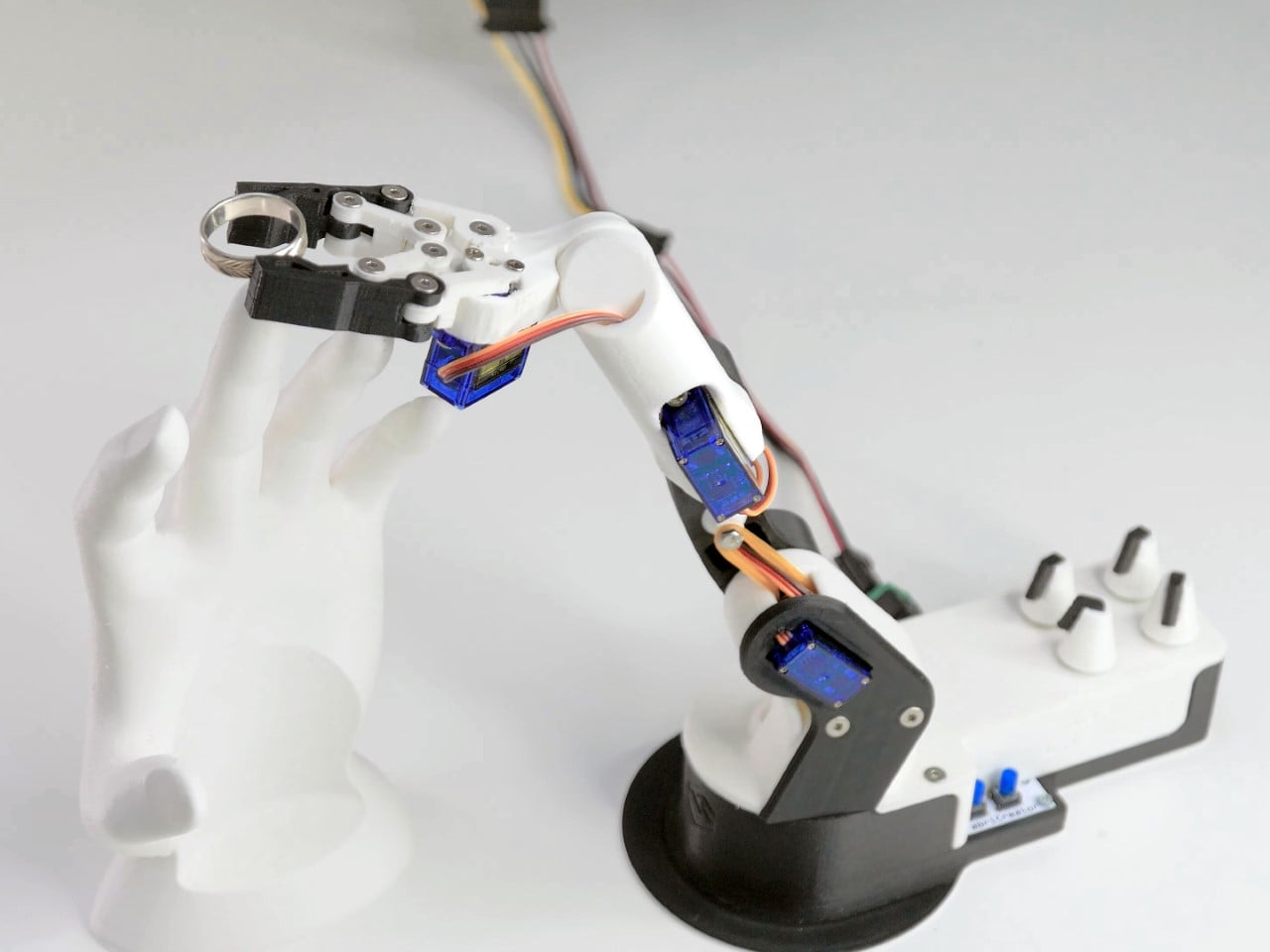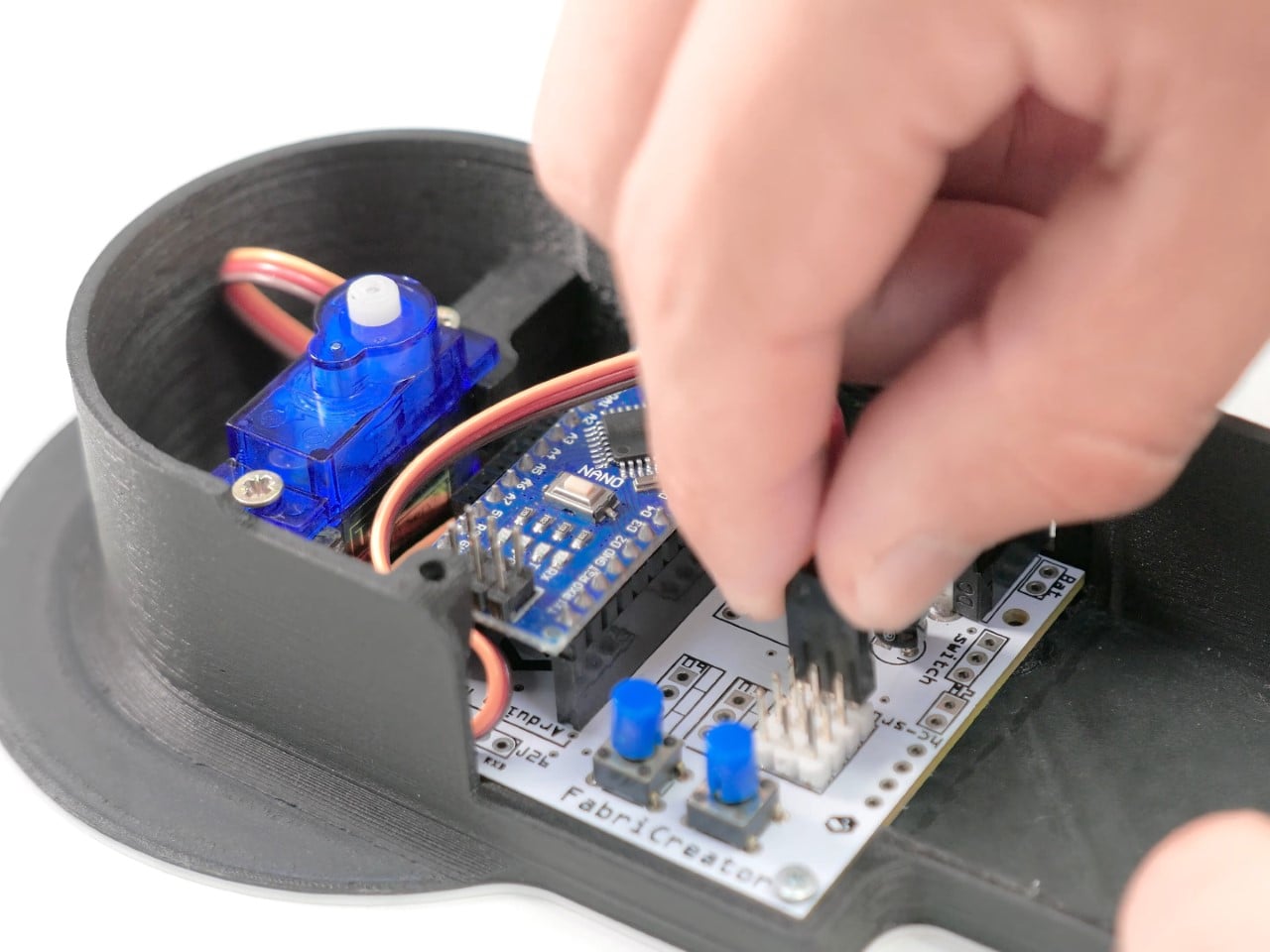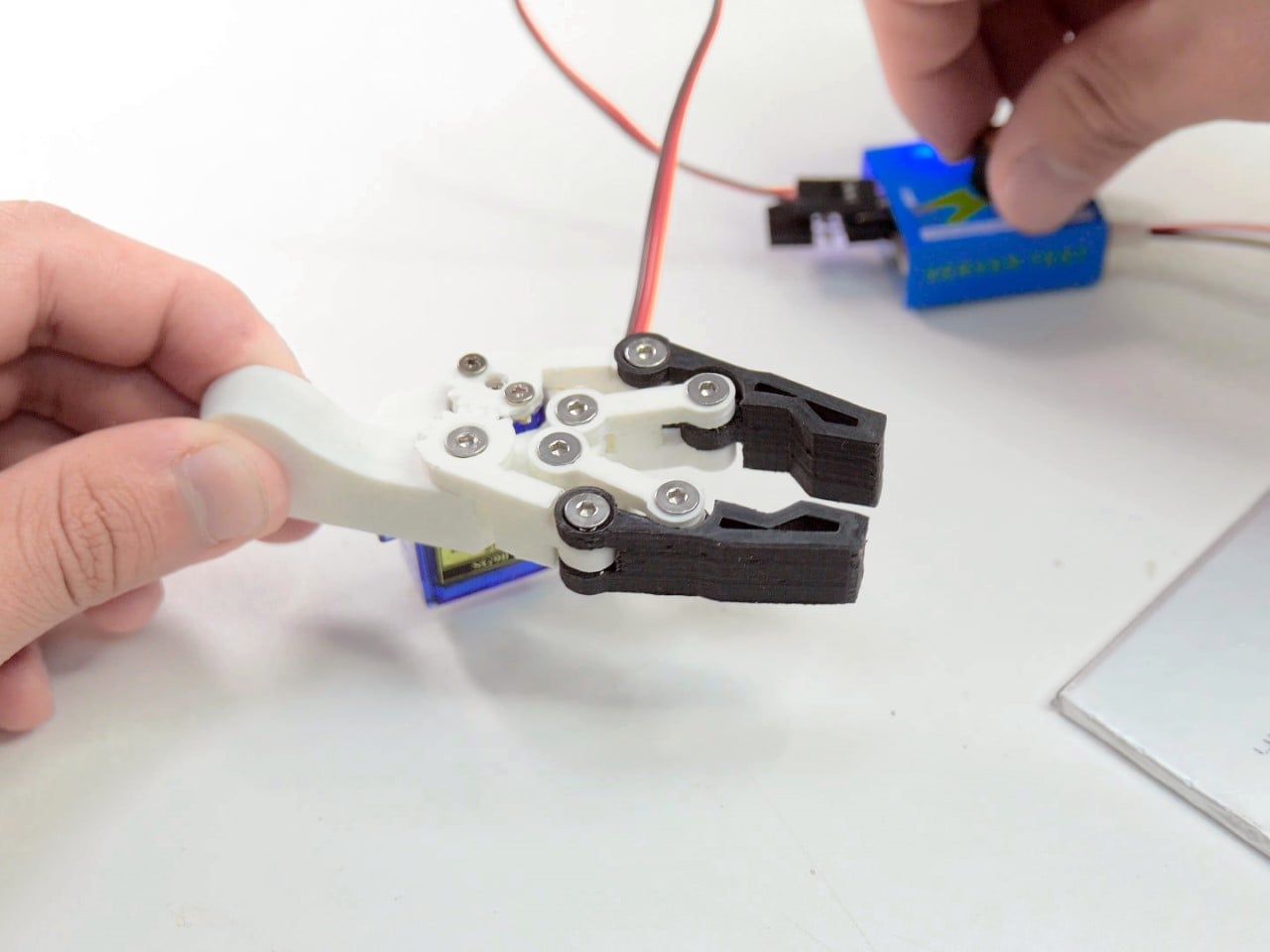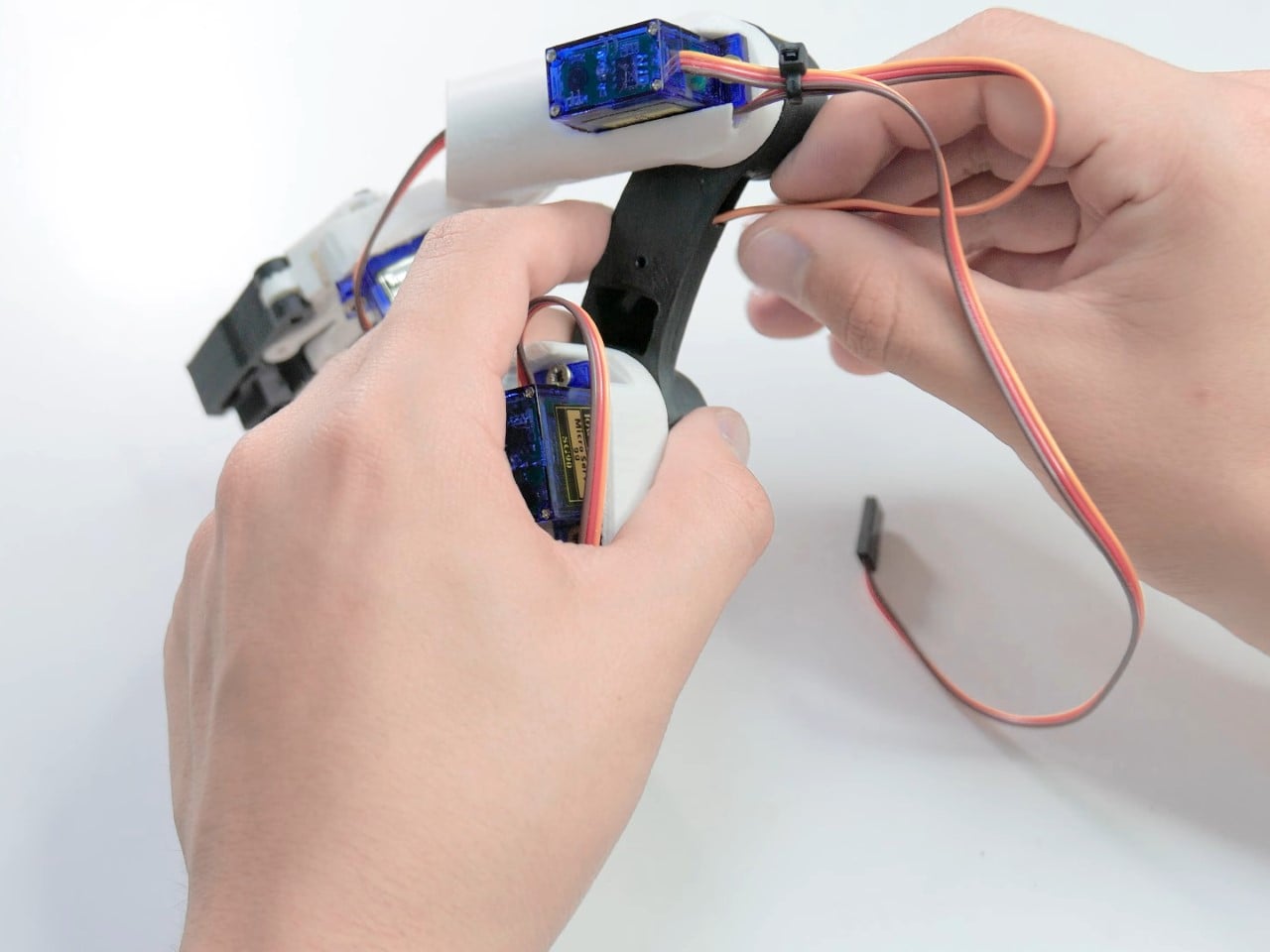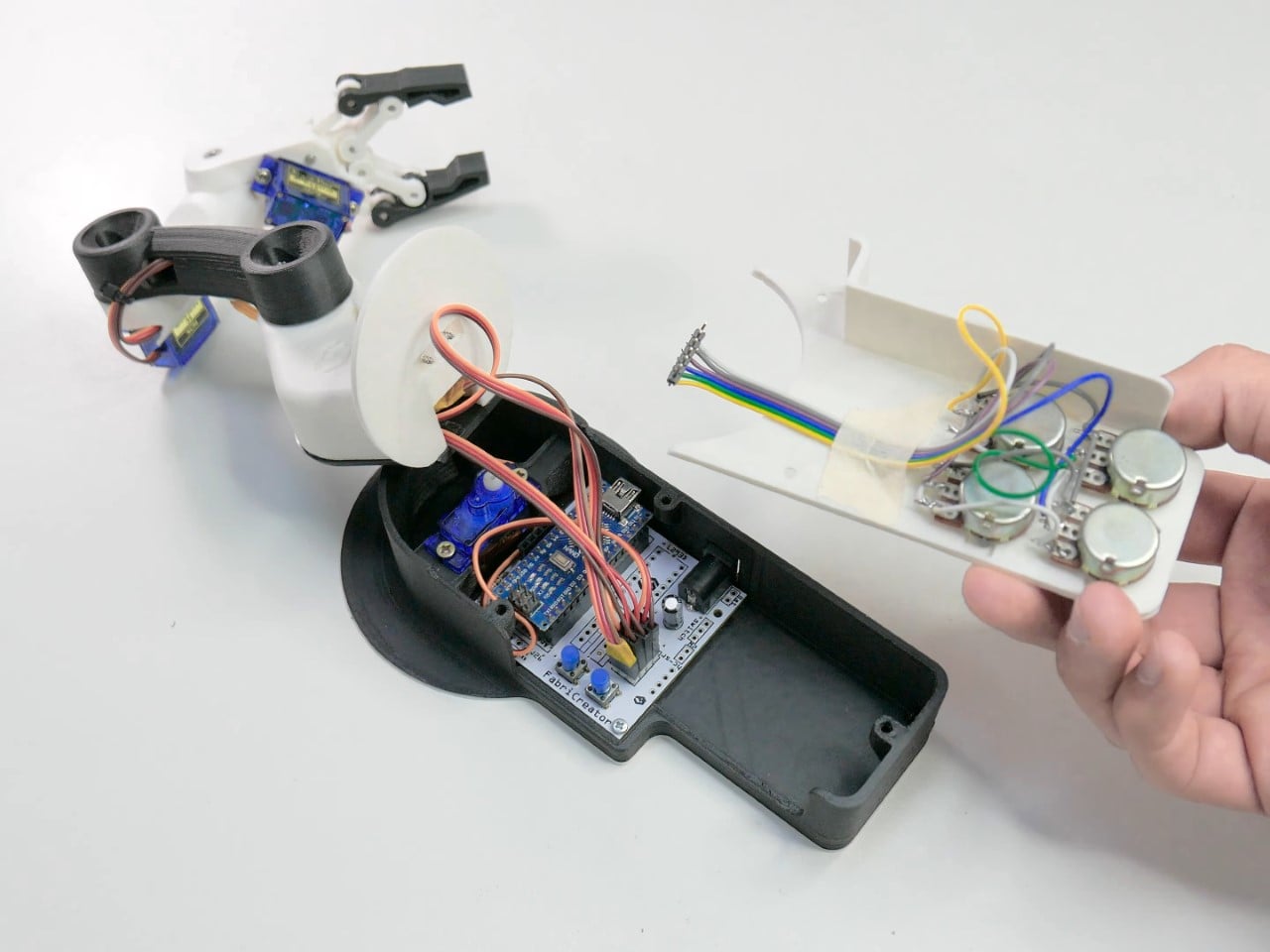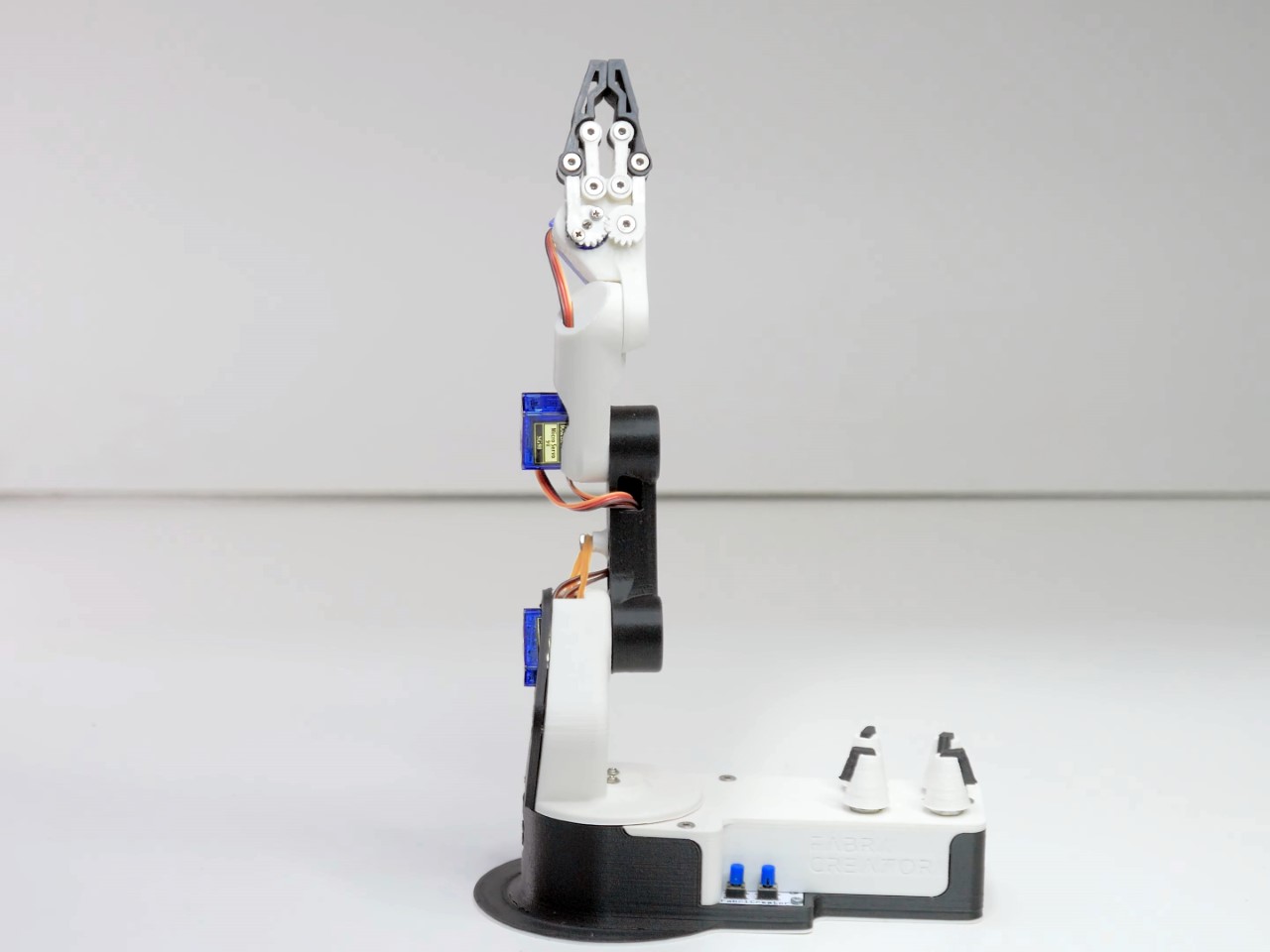Five years ago Dave Logan designed what we called the ‘only bag you’ll ever need’… now he’s back with an even better redesign.
Logan’s bags (designed under the moniker Onli Travel) had one uniting design detail that made them spectacular – they were like the Power Rangers, independently capable, but also had the ability to unite and become better than the sum of their parts. Onli Travel’s latest design, dubbed the Trilogy, builds on that concept. Made of three distinct parts – a spinner (or a trolley bag), a tote, and a daypack – the Trilogy can be used independently as regular pieces of luggage, paired with one another to create unique combinations based on your need, or all joined together like a club-sandwich that lets you practically carry your life with you in one single cohesive unit.
Designer: Dave Logan
Click Here to Buy Now: $269 $399 ($130 off). Hurry, only 5/65 left! Raised over $59,000.
Ask anyone who travels a lot what their secret to effectively carrying stuff is, and they’ll answer – modularity. It’s simple – one size never fits all, and if your bag is a standard bag that’s rigid in its offerings, it won’t help you. Different people have different needs, and sometimes those needs also change based on mood, scenario, and time of the day. A modular carrying solution is the best way give people what they want, sort of like having a smartphone where people can install the apps they need and not be stuck with the apps you want them to have. Logan’s Trilogy series tries to do that. The three bags are vastly different, made for different scenarios – but they come together when you need them to. Strutting across an airport with your luggage, the bags attach together so you can wheel them as one unit. Scared your laptop bag might get stolen? Zip it off and carry it on your back. Want to unfold everything for the TSA during a security check? The bags are easy to disassemble and lay flat. Boarded your plane late and now don’t have enough space in the stowaway area for your bag? Split them apart so they can jigsaw-piece their way into the overhead storage space. Want to work or watch a movie while flying, one of the bags can literally strap to the back of the seat in front of you, turning into a work-table or entertainment center. All this happens while the Trilogy keeps all your belongings safe, secure, and segregated. Every part of the Onli Travel Trilogy has purpose, and is designed flawlessly to fulfill that purpose… I can’t say that about many other carrying solutions.
Each of the Trilogy’s individual parts is in itself, a complete bag. The spinner, or the trolley case, is perfectly cabin-bag sized, but is spacious enough to carry your luggage comfortably. It’s designed to be expandable, should you need to carry more, and has a mild wedge-shaped profile that allows it to easily tuck under seats of airplanes, just in case the overhead cabins are full. The spinner comes with a fabric construction, but boasts a reinforced top so you can rest a backpack on it while walking through the airport, as well as reinforced sides so the spinner holds its shape remarkably well. On the inside, you have ample space for your stuff, and Onli Travels even has a compatible modular cube packing system for seamless organizing. There are pouches/pockets on the outside too, for storing easy-access belongings like important documents, an umbrella, or a bottle of water. To make carrying the spinner easy, it comes with handles on three sides… and if the spinner’s storage isn’t enough, let’s not forget that it lets you snap two extra bags to it – the daypack, and the tote.
The Expandable Tote and the Weekender Daypack are similar in format – but are designed for different purposes. The Daypack, as its name suggests, is for day-trips, while the tote is the perfect bag to have on yourself for work, commutes, or even stepping out to hit a cafe. The tote is styled to be carried on one shoulder, but can be worn as a backpack too. It’s big enough to comfortably fit a 17” laptop, has pockets on the front and side for storing multiple belongings, and has an expandable design that accommodates more just in case the existing storage isn’t enough. While traveling, the tote can be attached to a seat in front of you using a set of straps, and a zip-down shelf on the top gives you a small yet convenient tabletop surface that fits an iPad or a small tiffin box perfectly. Overall, the tote’s designed with waterproof fabric, has lockable zippers, and even boasts RFID protection against digital theft.
The Weekender Daypack is just as efficient as the Tote, but think of it as your bag for out-of-city trips. It comes with shoulder as well as sternum straps, has ample storage, boasts an expandable design, and even has underpack storage for items like a rolled-up sleeping bag, yoga mat, etc. The bag’s clamshell zippers allow it to open absolutely flat (perfect for TSA inspection), revealing the inner storage compartment that is big enough to house a 17” laptop comfortably, along with an iPad or tablet. The daypack also comes with its fair share of pockets for storing all your belongings, making it just the right bag for a quick getaway or day trip.
The beauty of these bags, regardless of their shape/size/ability, is that they can either work independently, or unite to create ‘super’ bags. Each bag can be attached to the other – so your day-pack can be zipped to your tote for a large shoulder-worn backpack, or to your spinner for a bulky carry-on that can easily be wheeled around everywhere. The tote can fasten to the spinner too, and if you want to join all three together, it’s entirely possible. That particular arrangement is ideal for making sure all your bags are together at all times, but when the going gets tough, each of the bag can separate out, giving you individual compact pieces of luggage that are a little more convenient to manage and access.
The Trilogy set comes in a choice between 3 colors – Black, Blue-Wing Teal, and a Rust-like Zinfandel. The ballistic nylon fabric used on the bags is tough, water-resistant, and can easily endure regular commutes or even rough airport handling. Onli even makes a Trilogy 8-piece packing cube set as an add-on which pairs perfectly with your 3 bags. These packing cubes are perfect for clothes, toiletries, shoes, dirty laundry, precious items, and even your tech gear like chargers, cables, etc. And if you’ve bought Onli Travel’s Revolution bags from its previous campaign, the packing cubes AND the Trilogy bags are backward compatible, allowing you to mix and match to create your perfect piece of luggage. The Trilogy Modular System ships globally starting in late November, so if you grab yours now, you might just have your bags arrive just before you go on holiday!
Click Here to Buy Now: $269 $399 ($130 off). Hurry, only 5/65 left! Raised over $59,000.
The post LEGO Meets Luggage – Onli Travel’s Trilogy Bags Snap Together to become the Ultimate All-in-one Bag first appeared on Yanko Design.
































